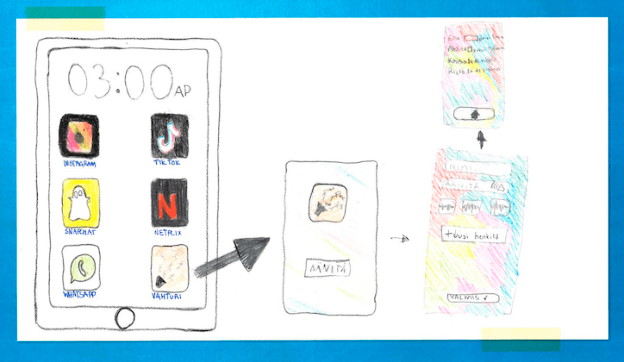Ilkka Jormanainen
Teaching Machine Learning in K-12 Computing Education: Potential and Pitfalls
Jun 02, 2021



Abstract:Over the past decades, numerous practical applications of machine learning techniques have shown the potential of data-driven approaches in a large number of computing fields. Machine learning is increasingly included in computing curricula in higher education, and a quickly growing number of initiatives are expanding it in K-12 computing education, too. As machine learning enters K-12 computing education, understanding how intuition and agency in the context of such systems is developed becomes a key research area. But as schools and teachers are already struggling with integrating traditional computational thinking and traditional artificial intelligence into school curricula, understanding the challenges behind teaching machine learning in K-12 is an even more daunting challenge for computing education research. Despite the central position of machine learning in the field of modern computing, the computing education research body of literature contains remarkably few studies of how people learn to train, test, improve, and deploy machine learning systems. This is especially true of the K-12 curriculum space. This article charts the emerging trajectories in educational practice, theory, and technology related to teaching machine learning in K-12 education. The article situates the existing work in the context of computing education in general, and describes some differences that K-12 computing educators should take into account when facing this challenge. The article focuses on key aspects of the paradigm shift that will be required in order to successfully integrate machine learning into the broader K-12 computing curricula. A crucial step is abandoning the belief that rule-based "traditional" programming is a central aspect and building block in developing next generation computational thinking.
 Add to Chrome
Add to Chrome Add to Firefox
Add to Firefox Add to Edge
Add to Edge